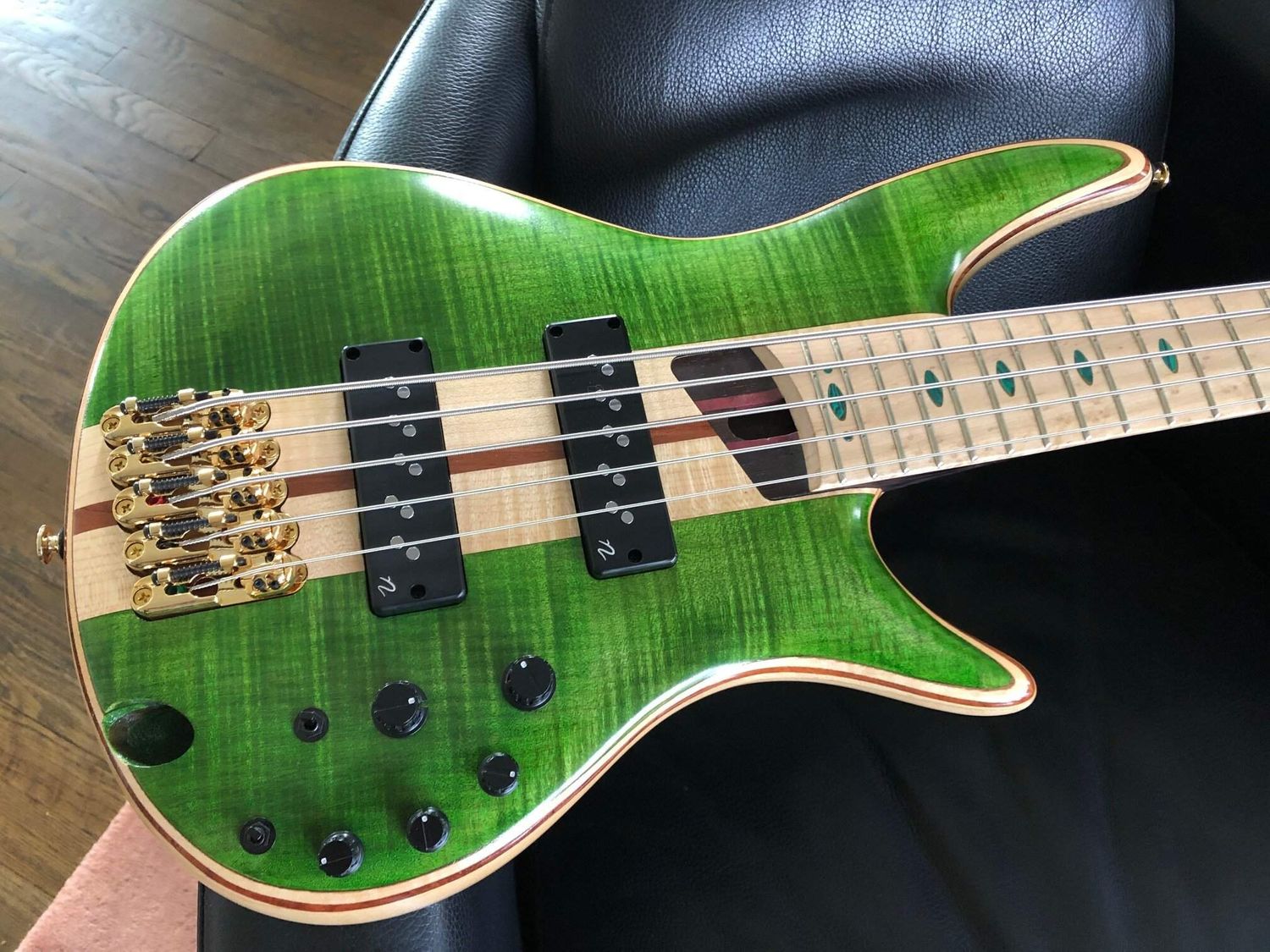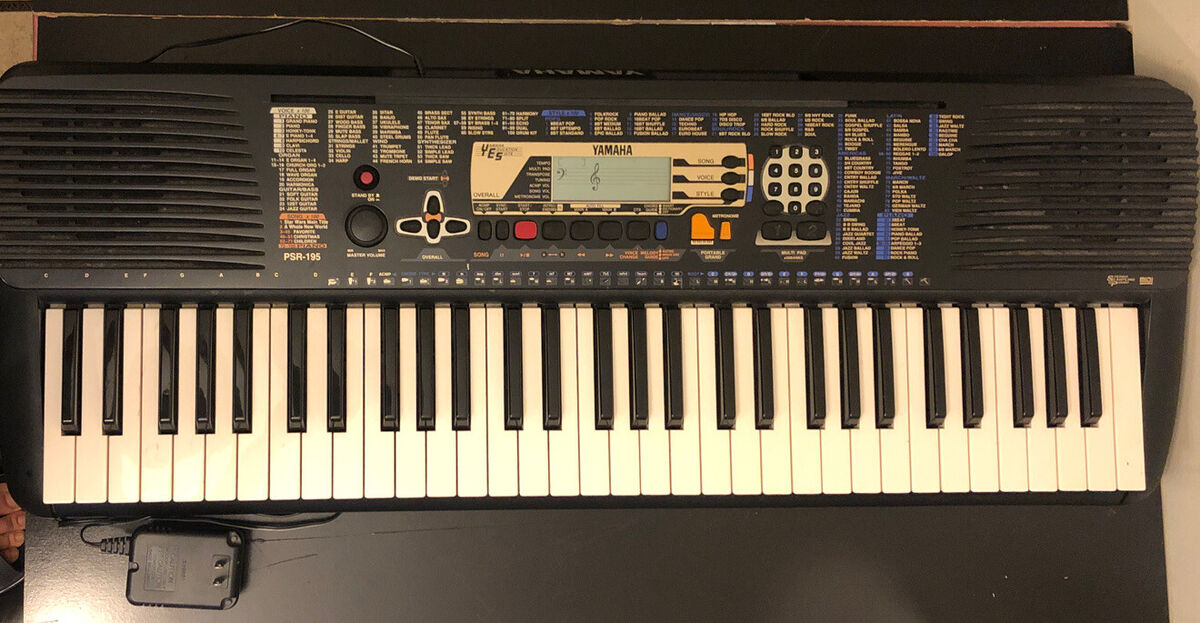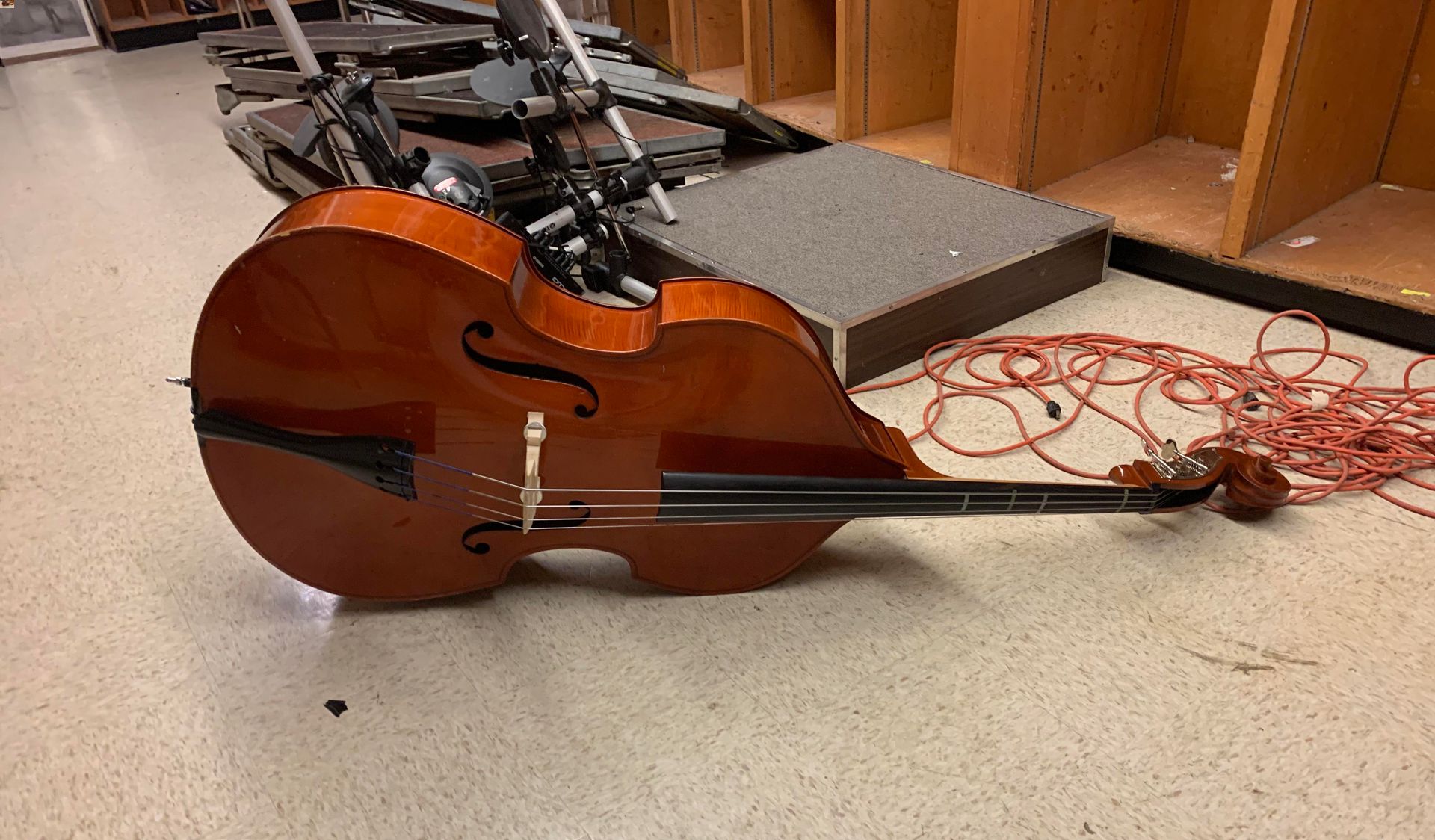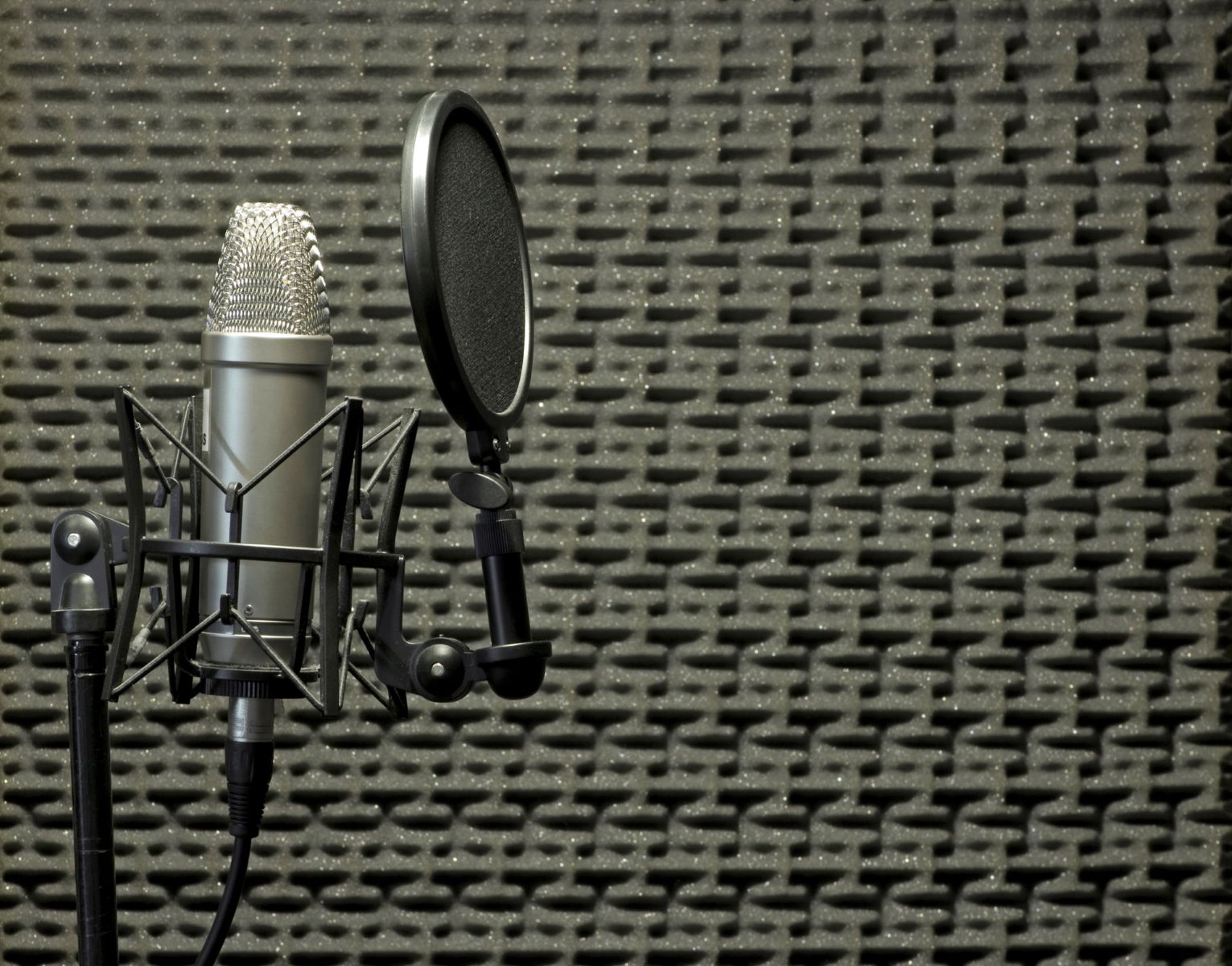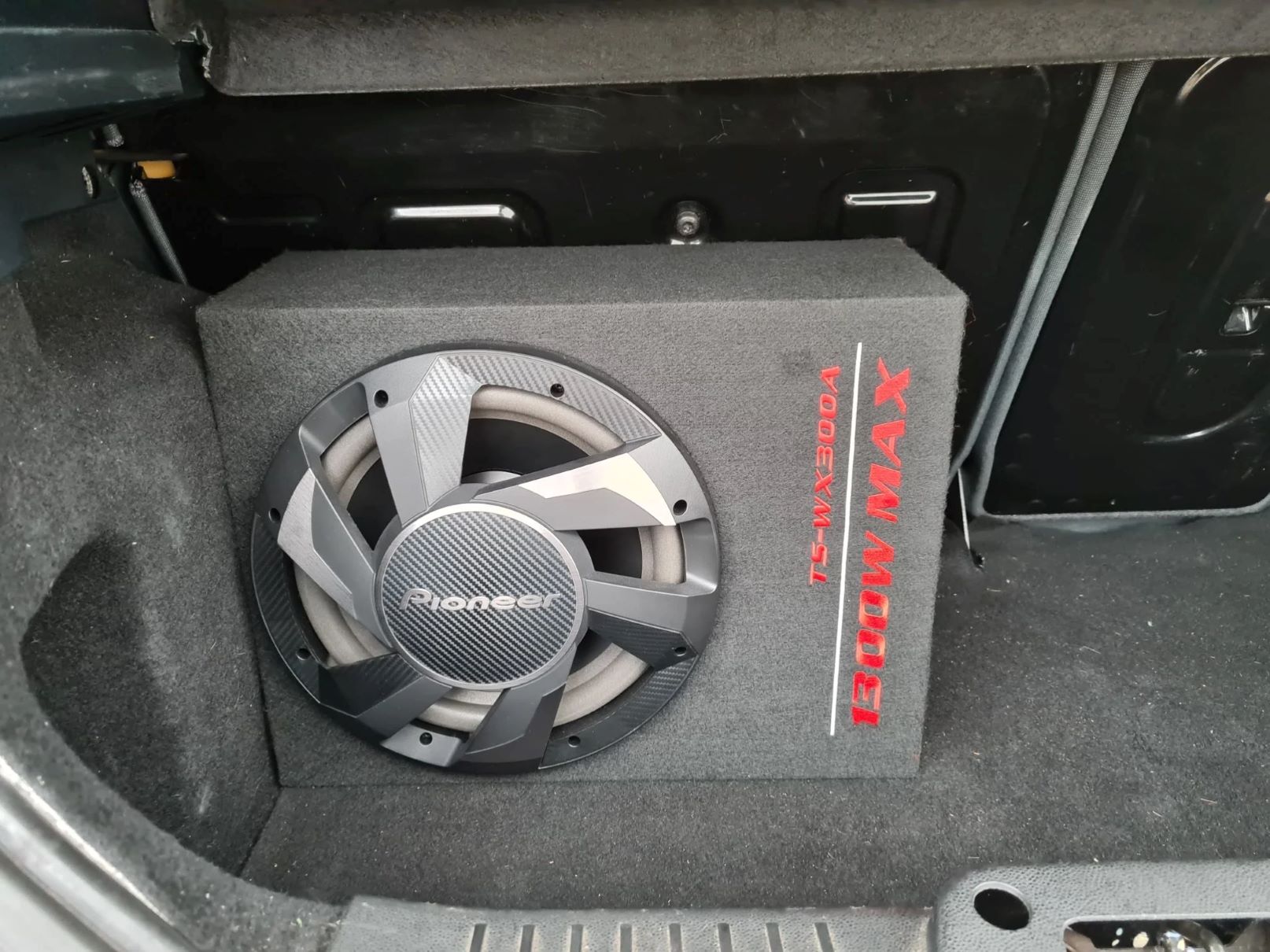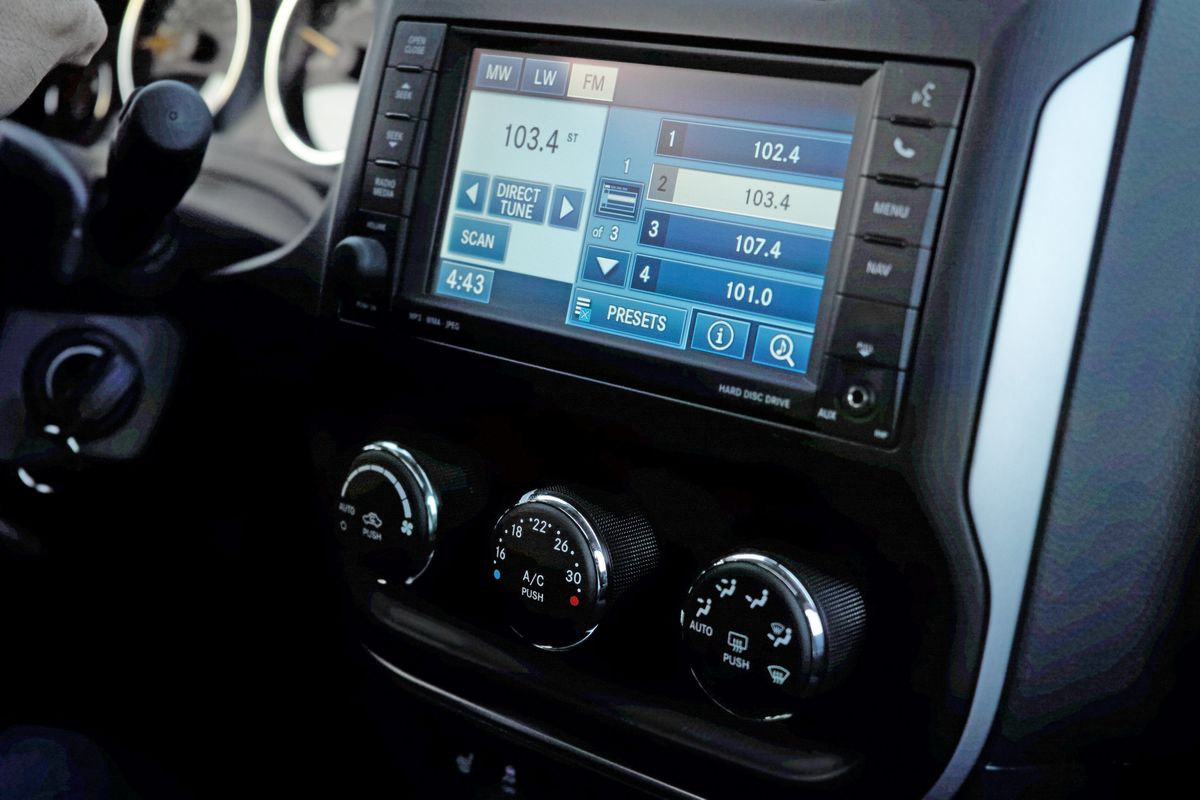Home>Instruments>Piano>How Much Does Piano Weigh


Piano
How Much Does Piano Weigh
Modified: February 10, 2024
Discover the weight of pianos and how it can impact moving and maintenance. Learn about the average weight of different types of pianos.
(Many of the links in this article redirect to a specific reviewed product. Your purchase of these products through affiliate links helps to generate commission for AudioLover.com, at no extra cost. Learn more)
Table of Contents
Introduction
Understanding the Weight of Pianos
When it comes to musical instruments, the piano holds a special place not only for its melodious tunes but also for its imposing presence. One might wonder, "How much does a piano weigh?" The weight of a piano is a significant consideration, whether you're planning to purchase one, move it to a new location, or simply appreciate the engineering behind this majestic instrument.
Pianos are not just heavy; they are also complex and delicate instruments that demand careful handling and maintenance. Understanding the factors that contribute to a piano's weight, as well as the average weight of different types of pianos, can provide valuable insights into the instrument's construction and care.
In this article, we will delve into the intricacies of piano weight, exploring the factors that influence it and the average weights of various types of pianos. Additionally, we will discuss the importance of safely moving a piano to ensure its integrity and longevity. Whether you're a piano enthusiast, a prospective buyer, or someone tasked with relocating a piano, this guide will equip you with the knowledge needed to navigate the world of piano weights with confidence.
Factors Affecting the Weight of a Piano
Several factors contribute to the overall weight of a piano, reflecting the instrument’s intricate design and construction. Understanding these factors can provide valuable insights into the instrument’s composition and help demystify its substantial weight.
- Size and Type: The size and type of piano play a pivotal role in determining its weight. Grand pianos, with their larger frames and additional structural components, generally weigh more than upright pianos. Within each type, variations in size and design can lead to significant differences in weight.
- Materials Used: The materials utilized in constructing a piano greatly influence its weight. High-quality woods, metal components, and the presence of additional features such as ornate carvings or intricate inlays can contribute to a piano’s heft.
- Internal Mechanisms: The internal mechanisms of a piano, including the cast iron frame, soundboard, strings, and action components, add substantial weight to the instrument. The intricate interplay of these components is essential to the piano’s tonal quality and responsiveness.
- Additional Features: Pianos may incorporate additional features such as decorative accents, intricate pedals, and advanced technical components, all of which can contribute to their overall weight.
It’s important to note that while the weight of a piano is a significant consideration, it is a testament to the instrument’s craftsmanship and the precision required to produce its resonant tones. By understanding the factors influencing a piano’s weight, one can develop a deeper appreciation for the instrument’s complexity and artistry.
Average Weight of Different Types of Pianos
Pianos come in various types, each with its own distinct characteristics and, consequently, differing weights. Understanding the average weight of different types of pianos can provide valuable insights for prospective buyers, movers, and enthusiasts alike.
- Upright Pianos: Upright pianos, also known as vertical pianos, are typically more compact and space-efficient than grand pianos. On average, an upright piano can weigh between 300 to 800 pounds (136 to 363 kilograms), depending on its size, materials, and internal mechanisms.
- Baby Grand Pianos: Baby grand pianos are renowned for their elegant appearance and rich sound. These smaller grand pianos generally weigh between 500 to 800 pounds (227 to 363 kilograms), making them a popular choice for those seeking a balance between performance and space considerations.
- Grand Pianos: Grand pianos, known for their iconic horizontal frame and exceptional sound projection, encompass a wide range of sizes, from petite grands to concert grands. As a result, their weights can vary significantly, with smaller grand pianos weighing around 500 to 1,200 pounds (227 to 544 kilograms), while larger concert grands can exceed 1,200 pounds.
- Digital Pianos: Digital pianos, which replicate the sound and feel of acoustic pianos through electronic means, are generally lighter than their acoustic counterparts. On average, digital pianos can weigh between 100 to 200 pounds (45 to 91 kilograms), offering a more portable alternative for musicians and enthusiasts.
It’s important to note that the average weights provided are general estimates and can vary based on the specific make, model, and manufacturer of the piano. Additionally, the materials used, such as the type of wood and metal components, can contribute to variations in weight within each piano category.
By understanding the average weights of different types of pianos, individuals can make informed decisions when it comes to purchasing, moving, or caring for these remarkable instruments.
How to Safely Move a Piano
Moving a piano requires careful planning, precision, and a keen understanding of the instrument’s weight and delicacy. Whether you’re relocating to a new home or venue, or simply repositioning the piano within a space, following proper procedures is essential to ensure the safety of both the piano and those involved in the moving process.
Here are some essential guidelines to safely move a piano:
- Assess the Pathway: Before moving the piano, thoroughly assess the pathway and destination to ensure there are no obstacles or challenges that could impede the process. Clearing the path and measuring doorways and hallways can help identify potential areas of difficulty.
- Secure Equipment and Assistance: Gather the necessary equipment, such as heavy-duty straps, furniture dollies, and protective padding, to facilitate the safe movement of the piano. Additionally, enlist the help of individuals experienced in moving heavy objects to assist with the process.
- Protect the Piano: Prior to moving the piano, ensure that it is adequately protected. Covering the piano with specialized moving blankets or padding can prevent scratches and minimize the risk of damage during transportation.
- Use Proper Lifting Techniques: When lifting the piano, employ proper lifting techniques to avoid strain and injury. Lift with the legs, keeping the back straight, and distribute the weight evenly among the individuals involved in the movement.
- Secure the Piano in Transit: Once the piano is in transit, secure it to the moving vehicle using heavy-duty straps or restraints to prevent shifting or tipping during transportation. This is crucial for maintaining the piano’s structural integrity and stability.
- Professional Assistance: For particularly challenging moves or valuable, delicate pianos, seeking professional piano movers can provide peace of mind and ensure the safe and expert handling of the instrument.
By adhering to these guidelines and exercising caution throughout the moving process, individuals can safeguard the piano from damage and minimize the risk of accidents or injuries. Properly moving a piano not only preserves its physical condition but also upholds its musical excellence for years to come.
Conclusion
The weight of a piano is not merely a numerical value; it encapsulates the craftsmanship, complexity, and resonance of this iconic musical instrument. Understanding the factors influencing a piano’s weight, from its size and materials to its internal mechanisms, provides invaluable insights into the instrument’s construction and artistry.
By exploring the average weights of different types of pianos, individuals can gain a deeper appreciation for the diverse characteristics and considerations associated with each type. From the compact and versatile upright pianos to the majestic grand pianos, the weight of these instruments reflects their unique attributes and the meticulous engineering that defines their sound and presence.
Furthermore, the importance of safely moving a piano cannot be overstated. Whether it’s relocating a cherished family heirloom or transporting a concert grand to a performance venue, adhering to proper moving procedures is essential to preserve the piano’s integrity and protect against potential damage.
Ultimately, the weight of a piano serves as a testament to its enduring legacy and the enduring passion it ignites in musicians and enthusiasts alike. By comprehending the intricacies of piano weight and embracing the care and precision required in its handling, individuals can ensure that these remarkable instruments continue to inspire and resonate for generations to come.


